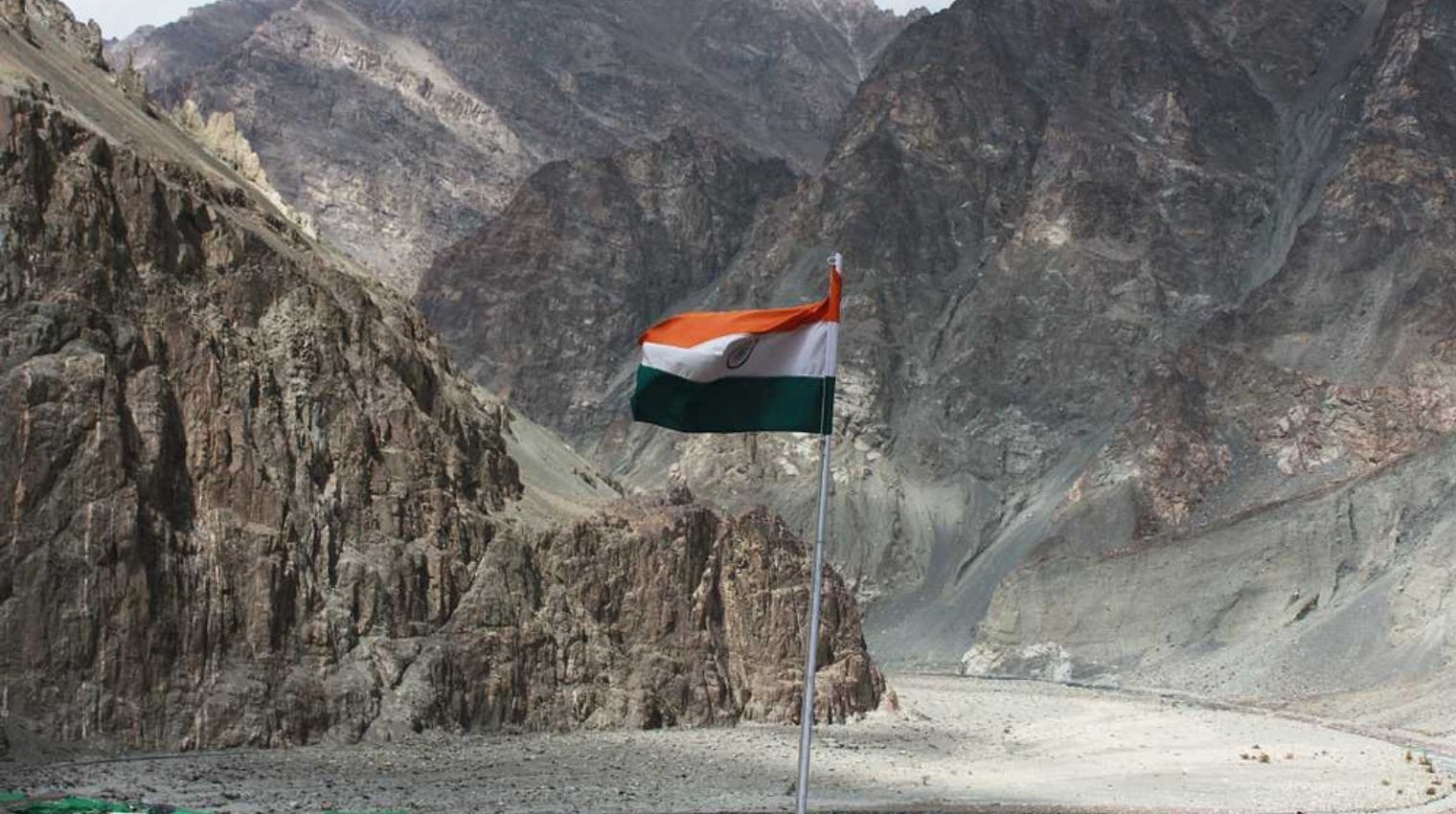title for Satellite photos examined by India Today verify the first disengagement efforts taking place on the ground in Depsang and Demchok, Eastern Ladakh, subsequent to the announcement of a new patrolling agreement with China. A possible conclusion to the protracted standoff in the Himalayas ahead of winter was indicated by the most recent satellite photographs, which were obtained on Friday and showed a reduction in constructions at several locations.
Nonetheless, significant PLA structures are still there in the area, demonstrating the extent of their presence during the stalemate. The disengagement process is anticipated to be completed in the coming days by both parties. US-based Maxar Technologies released images on Friday that demonstrate the obvious dismantling of shelters and buildings in recent days.
An image from the Depsang area, close to Patrol Point 10, where a sizable shelter that had been there since the standoff days was taken down, is perhaps the most significant indication of the disengagement process. Images taken on August 7th depict a sizable building, however images taken on Friday showed the site flattened.

A comparison of photos obtained at another location in Demchok on October 9 and October 25 shows that shelters had been removed, which is consistent with the disengagement announcement.

In a similar vein, photos taken Friday from a different position in Depsang show that the majority of the buildings at a military station, including big transport trucks, have been relocated since a previous photo of the same area.

On the fringes of the BRICS conference in Russia, Chinese President Xi Jinping and Prime Minister Narendra Modi held their first bilateral meeting since 2019 to address these developments.

Both sides suffered losses as the stalemate, which started in May 2020, escalated into a violent fight in Galwan in June. Military discussions have since resulted in buffer zones in Galwan, Pangong Tso, and Gogra-Hot Springs, as well as troop repositioning and partial withdrawals. Although tensions have subsided as a result of these disengagements, patrolling in the recently established buffer zones has been reduced. According to experts, the establishment of these buffer zones could eventually strengthen Chinese claims.

Depsang and Demchok were still unresolved territories until recently.Although there are little specifics available, officials have acknowledged that the most recent agreement solely applies to the remaining territories, namely Depsang and Demchok. On Tuesday, Foreign Secretary Vikram Misri declared that earlier disengagement agreements would remain in place and that patrols and grazing operations in these regions will return to their pre-2020 levels.
Indian forces have been confined close to Depsang’s “Y Junction” since the standoff began, denying them access to patrolling points (PPs) 10 through 13, which represent India’s declared Line of Actual Control (LAC). In Depsang, China has built a road network and a number of semi-permanent installations in regions that India claims.
Both countries confirmed the developments separately, but there was no joint announcement. “Keeping the border peaceful and calm should be our first goal. “Our relationship should be based on mutual trust, respect, and sensitivity,” Prime Minister Modi said. To avoid misunderstandings, both sides will keep an eye on Depsang and Demchok, with soldiers alerting one another before to patrols.


Leave a Reply